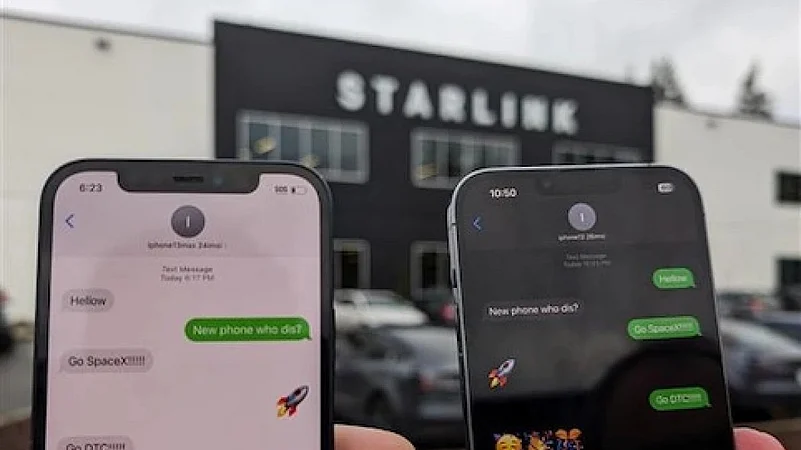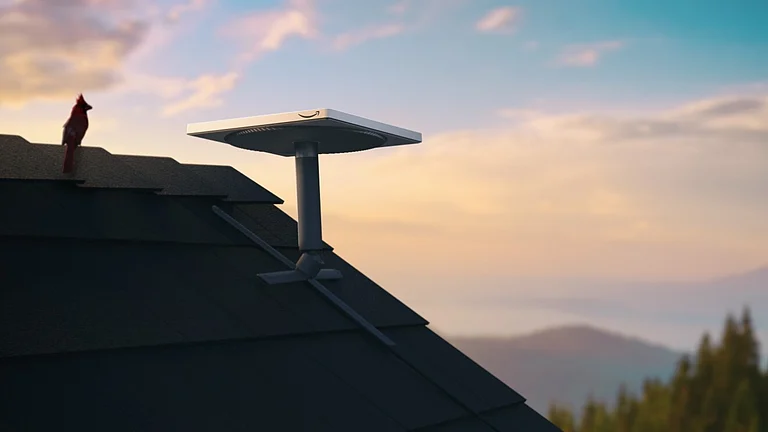India’s space regulator, the Indian National Space Promotion and Authorisation Centre (IN-SPACe), on July 8 granted final approval for Starlink to begin its satellite broadband services in India. The authorisation covers Starlink’s non-Indian GSO and NGSO satellite constellation—known as the Starlink Gen1 constellation—clearing the way for operational rollout in the country.
According to information available on the IN-SPACe website, the approval is valid until July 7, 2030. It allows Starlink to operate across a set of frequency bands: gateway beams are authorised for uplink in the 27.5–29.1 GHz and 29.5–30 GHz bands, and downlink in the 17.8–18.6 GHz and 18.8–19.3 GHz bands, supporting both RHCP and LHCP polarisations. For user beams, the uplink is permitted in the 14.0–14.5 GHz (LHCP) band, and downlink in the 10.7–12.7 GHz (RHCP) band.
This clearance comes shortly after Starlink received its GMPCS (Global Mobile Personal Communication by Satellite) licence from the Department of Telecommunications, making it the third company—after Airtel-backed Eutelsat OneWeb and Reliance Jio—to obtain full regulatory approval for satellite internet services in India.
On the same day, IN-SPACe also authorised SES Satellites India Pvt. Ltd., the joint venture partner of Reliance, to offer satellite capacity in India using three of its non-Indian geostationary satellites: SES-7, SES-8, and SES-9. The SES-7 licence is valid until September 30, 2028, with uplink permitted in the 13.75–14.0 GHz band and downlink in the 11.45–11.70 GHz band.
With authorisations now in place, Starlink and other satellite communication operators must wait for spectrum allocation from the Department of Telecommunications. In the meantime, the DoT is expected to issue trial spectrum to facilitate security compliance testing and demonstrations.
Earlier, it was reported that Starlink has reportedly signed agreements with Indian Very Small Aperture Terminal (VSAT) players. The companies aim to monetise the full potential of their services once the Department of Telecommunications (DoT) begins allocating satellite spectrum.
Very Small Aperture Terminals (VSATs) provide satellite internet connectivity for powering ATMs, connecting remote bank branches, enabling telecom backhaul, supporting defence networks, and linking oil rigs and retail outlets in areas without reliable terrestrial networks. Key Indian VSAT players inlcude Hughes Communications, Nelco, and Inmarsat.
































